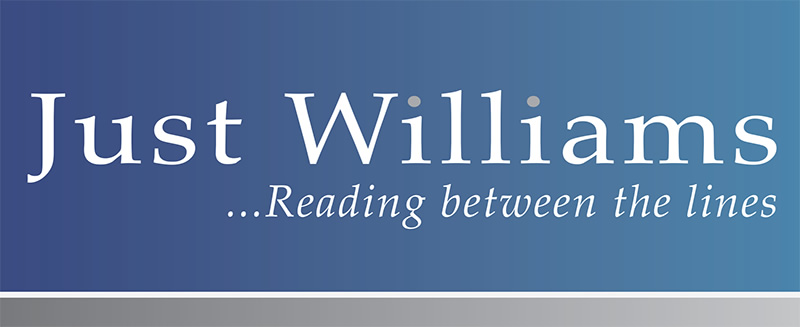
Those of a certain age will remember the BBC sitcom, ‘The Fall and Rise of Reginald Perrin’, written by David Nobbs and starring Leonard Rossiter. It told the story of a middle aged executive rebelling against the tedium of his job. Reggie had reached a point where he could see through the office politics and constant failings of conventional wisdoms, thus inspiring him to kick back against the system. Consequently, he fakes his own death and adopts a new identity, subsequently remarrying his ‘widow’ who he meets at his own funeral.
However, in order to illustrate the absurdity of corporate life, his crowning glory becomes the establishment of ‘Grot’, a retailer selling hundreds of gifts ‘for people you hate’. I suppose it was a pre-internet version of ‘Wowcher’. Needless to say, despite Reggie expecting Grot to fail, it becomes a raging success as punters scramble for novelty gifts such as rungless ladders, rubber razor blades and elastic tow ropes.
Listening to Bank of England (B of E) Governor, Andrew Bailey, I was reminded of Grot’s glorious idiocy although not Reggie’s eccentric genius. Regular readers will know we’ve been banging on about inflation for well over a year. Its resurgence was a cast iron certainty to anyone with a basic grasp of economics and understanding of free markets which, of course, explains why the B of E (and indeed most major central banks) were oblivious to what’s been brewing in the real world. Every recent forecast issued by the B of E regarding inflation has proven to be hopelessly inaccurate. A chimpanzee flipping a coin would likely secure a 50% predictive success rate but Bailey and his Monetary Policy Committee chums are a long way behind that curve.
It’s not the only curve they are behind, either. As a very rough rule of thumb, you might expect a 1% – 2% real return from cash. Throughout the last century, this proved to be more or less the case. Real return means nominal return minus inflation. So, in simple terms, if inflation was 5% and all things being equal (which they rarely are), you might expect interest rates of 7%. Sure, there were plenty of times when a 1% – 2% return wasn’t available but equally, there were other times when it was exceeded handsomely. But, the reason I’ve quoted the entire 20th century with its wars, pandemics, booms and busts is that it’s a sufficiently long period of time to enable a few conclusions to be drawn. Conversely, I’ve ignored the post 2000 era as it’s riddled with a succession of central bank inspired idiocies that undermine any attempt at pinning down something close to ‘normal’.
Consequently, having arrived at a tested relationship between nominal interest rates and inflation, how do things stand today? The B of E monetary bloodhounds have just raised rates to the dizzy heights of 0.5% and it now expects inflation to peak at 7.25% in April. So, instead of a 1% – 2% real interest rate, we have a negative real interest rate of close to 7%. To justify that, its forecasts of rapidly falling inflation are going to need to be hyper accurate and judging by the success of its previous predictions, what are the chances? The reality is the metaphorical interest rate stable door is being shut far too long after the inflationary horse has bolted.
Last month, the statement accompanying the announcement that rates were rising from 0.1% to 0.25% noted the B of E’s regional representatives had started to see some evidence that higher inflation was starting to influence pay deals. Really? Many months before that an acquaintance of ours who owns a haulage business, told us he’d just given most of his drivers a 25% salary increase. We already knew inflation was out of control; a stroll around the supermarket or builders merchants told you all you needed to know but it was another of those moments when an imaginary bell rang, illustrating just how out of touch these people are. The Bank went on to say the raising of rates to 0.25% represented ‘pre-emptive’ action against inflation. Pre-emptive? That’s about as pre-emptive as suggesting Chernobyl’s reactor 4 was running a bit hot the day after it exploded.
The US Federal Reserve and the European Central Bank are no different, either. US inflation is 7% while the Eurozone’s has just breached 5%. They, too, are aiming for an inflation target of around 2% and have been printing money ad nauseum for years. They, too, possess operational empires collecting and processing information and yet curiously, have been equally as inept as the B of E. How can they all be so wrong? It’s very simple; they subscribe to theories that work perfectly well in the books they write or the academic institutions they are attached to but in the only world that really matters, their hypotheses all too often fail.
Subsequently, after 14 years of emergency interest rates and Quantitative Easing, central banks have reached a fork in the road. As Yogi Berra quipped “when you reach a fork in the road, you should take it” but this particular fork offers even less choice than his. They either raise rates meaningfully to choke off the inflation they helped create, which will deliver steep recessions to economies addicted to cheap credit. Alternatively, they don’t and let inflation take its course. Whatever happens, they will, no doubt, remain in blissful ignorance that today’s lack of policy options are almost entirely self inflicted.


